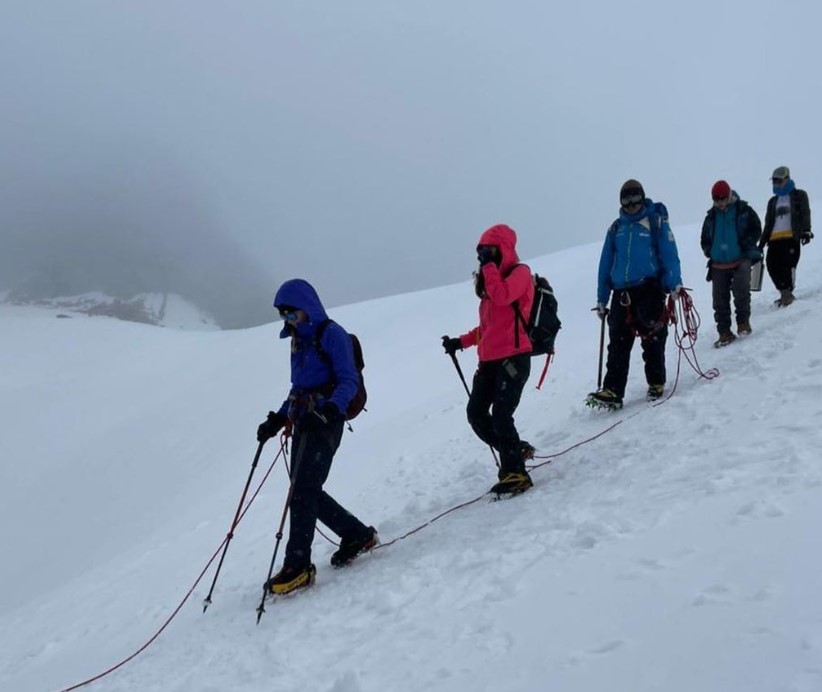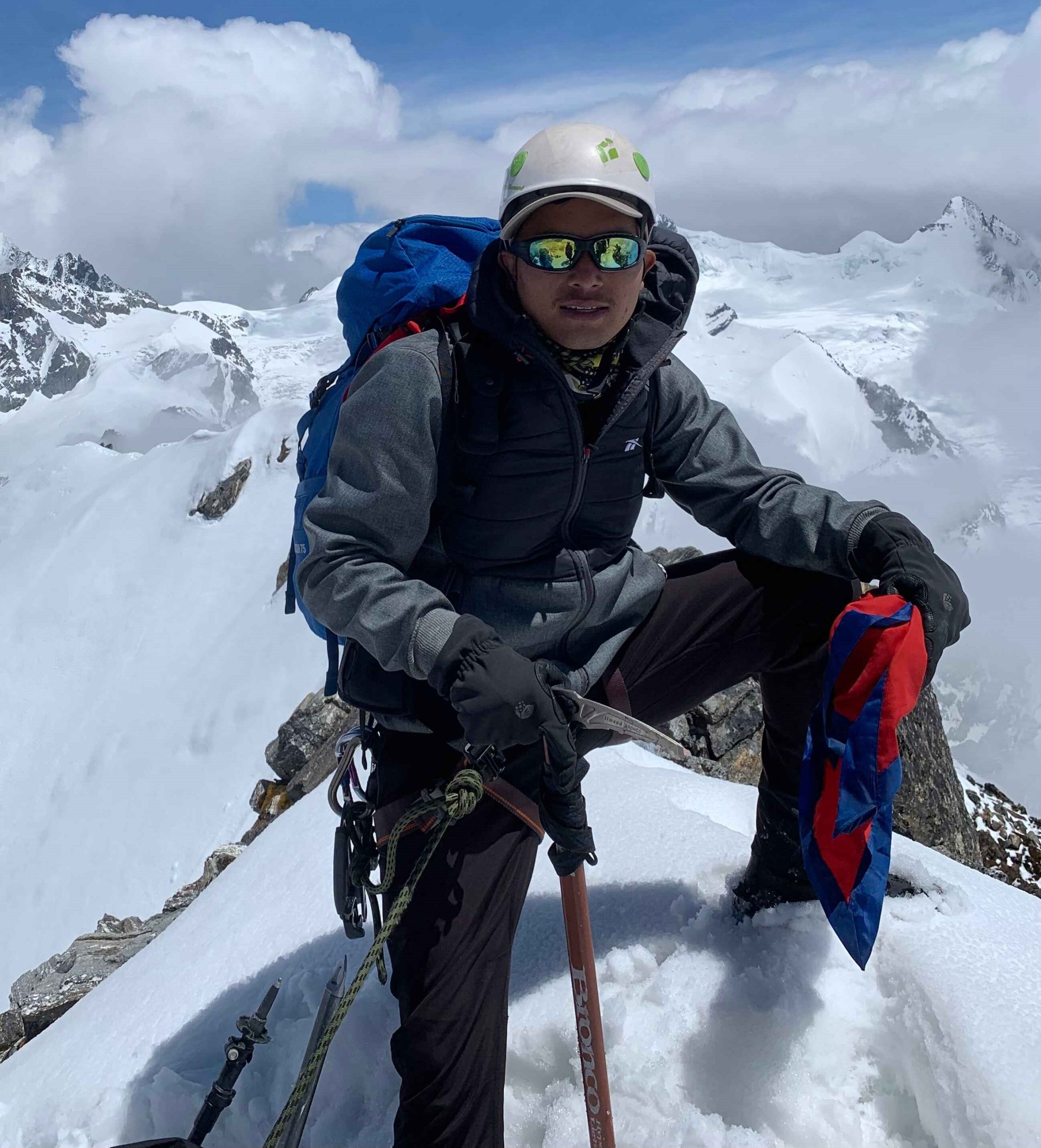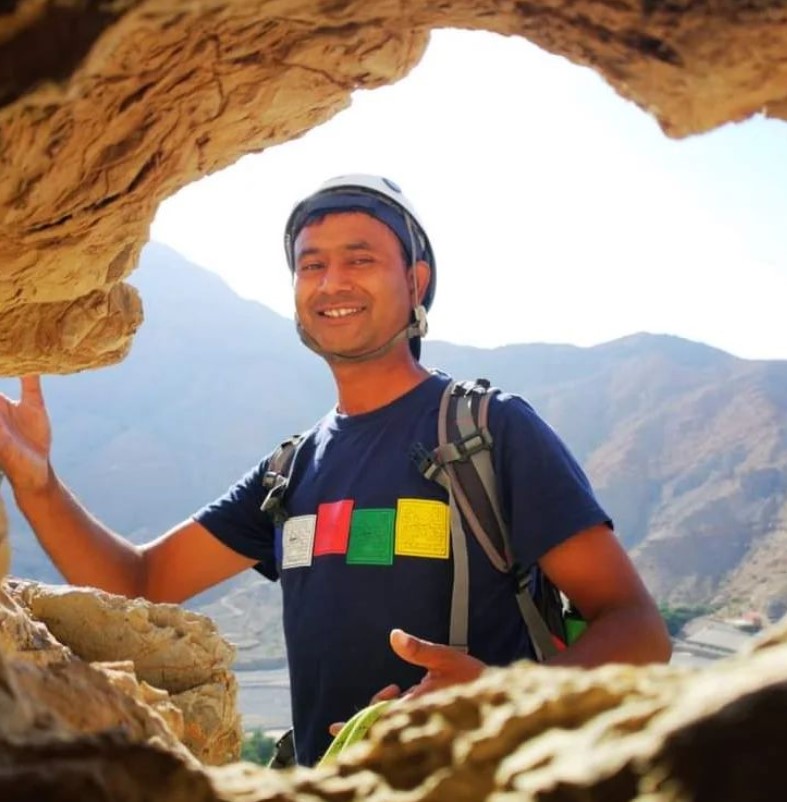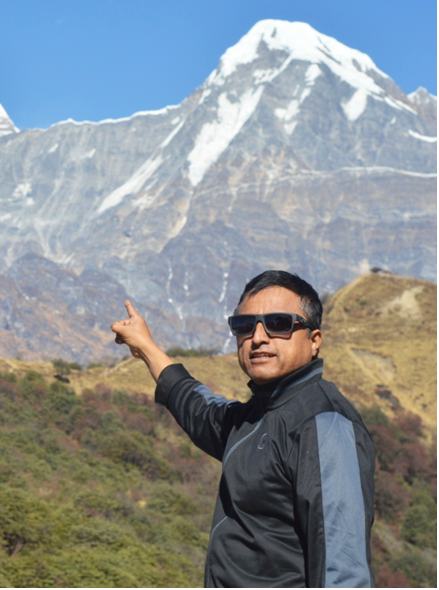Trip Introduction
Mera Peak is the highest trekking peak in Nepal. It is situated on the edge of the famous Khumbu Region, which is dominated by Mount Everest. Although very high, Mera Peak is a straight forward climb and is frequently ascended by groups and an individual whose only climbing qualifications are that they are fit and have an out-going sense of adventure. The trek takes us south from the airstrip at Lukla, trekking through beautiful forested hillsides and over several passes before climbing up to the Mera La. After the climb, we descend directly to Lukla. The Mera Peak Expedition is a high-altitude trek and climb. Participants need to be fit and conversant with the use of an ice-axe and crampons. Instruction in the use of these will be given at our base camp near the Mera La if required. In good conditions, it is possible for a fit party to reach the summit and return to Khare in one day. This is a rewarding experience as it provides glorious views of Nepal and a vista that takes in Kangchenjunga and Makalu to the east and Everest appearing over the massive southern aspect of Nuptse and Lhotse to the north. To the west stands the spires of Ama Dablam and Kang Taiga and in the distance is the mighty bastion of Cho Oyu. This is a fine panorama of many of the world’s highest peaks. The climb itself takes the north face glacier in a steady rise to the summit ridge which leads, in an exposed and exciting situation, to the top. After the mountain has been climbed, we return by a direct route across a dramatic ridge to Lukla and the flight to Kathmandu. The weather in the Himalayas is unpredictable. It can change within few hours which is why a spare day has been added keeping the fact in mind. In case of bad weather on the day of summit, you can climbg the summit the following day. Otherwise, if the weather remains good and works in the favour, then the spare day can be utilized to rest or to relax anywhere in the trail or at Lukla which offers a lot of good restaurants, bars, bakeries, etc.
Any good places to hangout. All the trekkers and climbers celebrate the success and end of their trip in Lukla.
